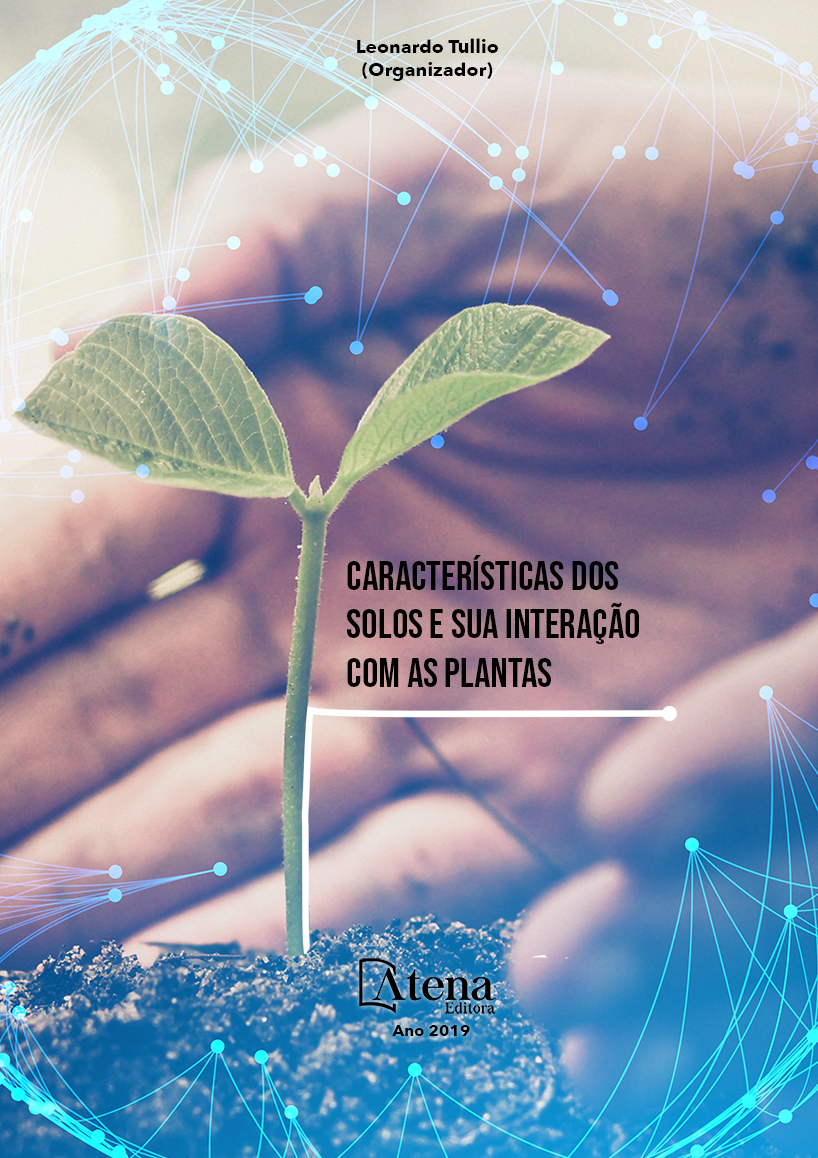
VARIABILIDADE ESPAÇO-TEMPORAL DA ESTRUTURA DE NEOSSOLOS, APÓS A INSERÇÃO DA CULTURA DA SOJA, COM PREPARO CONVENCIONAL
O uso indiscrimado dos recursos
do solo põe em risco a sustentabilidade da
agricultura. A tecnologia vem sendo um aliado
no manejo e conservação do solo e da água,
por meio da análise da variabilidade espaçotemporal
dos fatores de produção é possível
restringir ao necessário as técnicas utilizadas,
evitando desperdícios. O presente trabalho
teve por objetivo analisar a variabilidade
espaço-temporal dos componentes da
estrutura de Neossolos. Para isso, foram
realizadas prospecções por meio de 52 pontos
de uma malha fixa, multitemporal (2016 e
2017), com intervalos regulares de 15 m, na
profundidade de 0,0 – 0,2 m, numa área de 1,17
ha. Durante as prospecções foram coletadas
amostras indeformadas para a determinação
da densidade do solo (DS), da porosidade
total (PT), da macroporosidade (MACRO) e da microporosidade (MICRO). De posse
dos resultados, foi realizada a análise estatística descritiva, de correlação Pearson e
de geoestatística para as diferentes variáveis estudadas, nos diferentes momentos.
Foi observada a variabilidade espaço-temporal dos componentes da estrutura de
Neossolos, após a inserção da cultura da soja, com preparo convencional, sob o
campo nativo. As propriedades físicas dos solos apresentaram relações espaciais em
sua distribuição na paisagem, nos diferentes momentos de avaliação. A densidade
amostral mostrou-se de grande importância para a predição acurada das variáveis.
Incialmente, o preparo do solo para a inserção da cultura da soja contribuiu para a
redução da macroporosidade dos solos, com valores restritivos para o desenvolvimento
adequado da maioria das culturas agrícolas.
VARIABILIDADE ESPAÇO-TEMPORAL DA ESTRUTURA DE NEOSSOLOS, APÓS A INSERÇÃO DA CULTURA DA SOJA, COM PREPARO CONVENCIONAL
-
DOI: 10.22533/at.ed.8551914037
-
Palavras-chave: Vegetação nativa. Física do solo. Monitoramento espaçotemporal. Manejo e conservação do solo. Agricultura digital.
-
Keywords: Native vegetation. Physics of the soil. Spatio-temporal monitoring. Management and conservation of soil. Digital agriculture
-
Abstract:
The indiscriminate use of soil resources puts the sustainability of
agriculture at risk. Technology has been an ally in the management and conservation
of soil and water, through the analysis of the spatio-temporal variability of the factors
of production it is possible to restrict to the necessary the techniques used, avoiding
waste. The present work aimed to analyze the space-time variability of the components
of the Neossolos structure. For this purpose, we carried out surveys using 52 points of a
fixed, multitemporal mesh (2016 and 2017), with regular intervals of 15 m, in the depth
of 0.0 - 0.2 m, in an area of 1.17 ha. During the surveys, undisturbed samples were
collected for the determination of soil density (DS), total porosity (PT), macroporosity
(MACRO) and microporosity (MICRO). With the results, descriptive statistical analysis,
Pearson correlation and geostatistics were performed for the different variables studied,
at different times. The spatial-temporal variability of the components of the Neossolos
structure was observed after the insertion of the soybean culture with conventional
tillage under the native field. The physical properties of the soils presented spatial
relationships in their distribution in the landscape, in the different moments of evaluation.
The sample density was of great importance for the accurate prediction of the variables.
Initially, soil preparation for the insertion of soybean crop contributed to the reduction
of macroporosity of soils, with values restrictive for the adequate development of most
agricultural crops.
-
Número de páginas: 15
- Julio César Wincher Soares
- Daniel Nunes Krum
- Jessica Santi Boff
- Higor Machado de Freitas
- Pedro Maurício Santos dos Santos
- Vitória Silva Coimbra
- Matheus Ribeiro Gorski
- Thaynan Hentz de Lima
- Lucas Nascimento Brum


